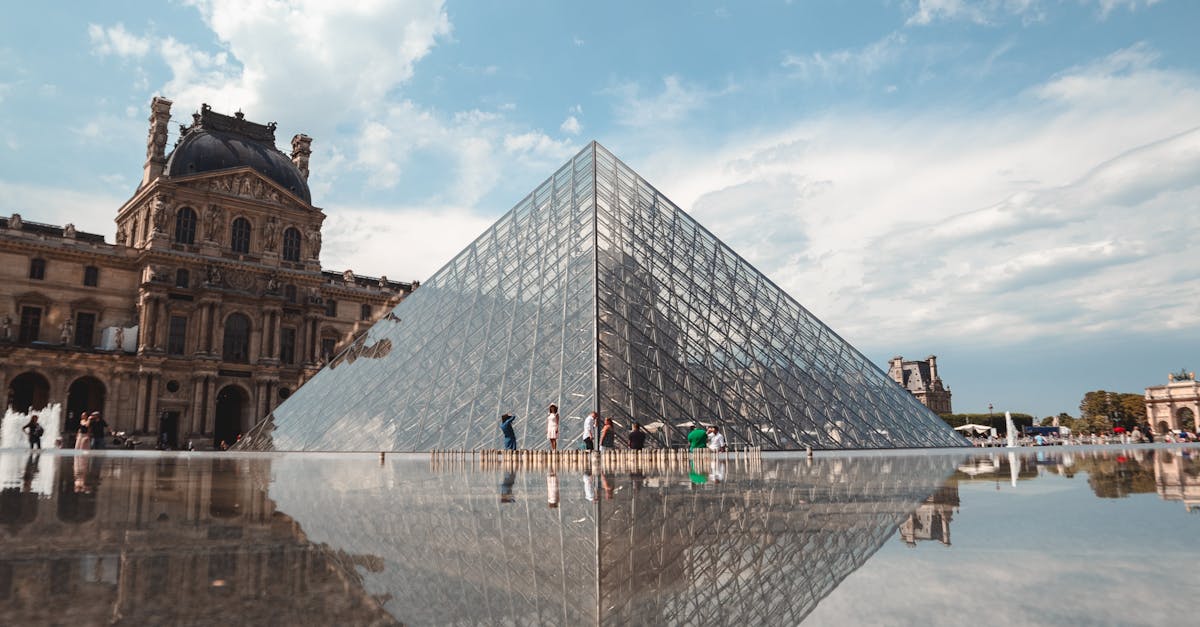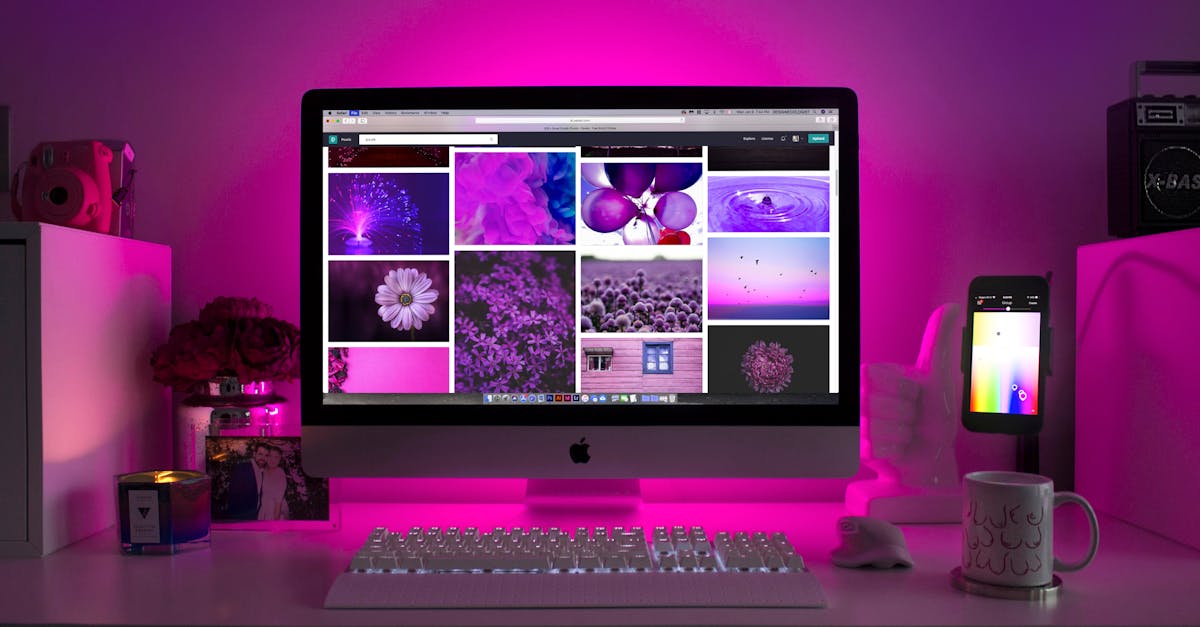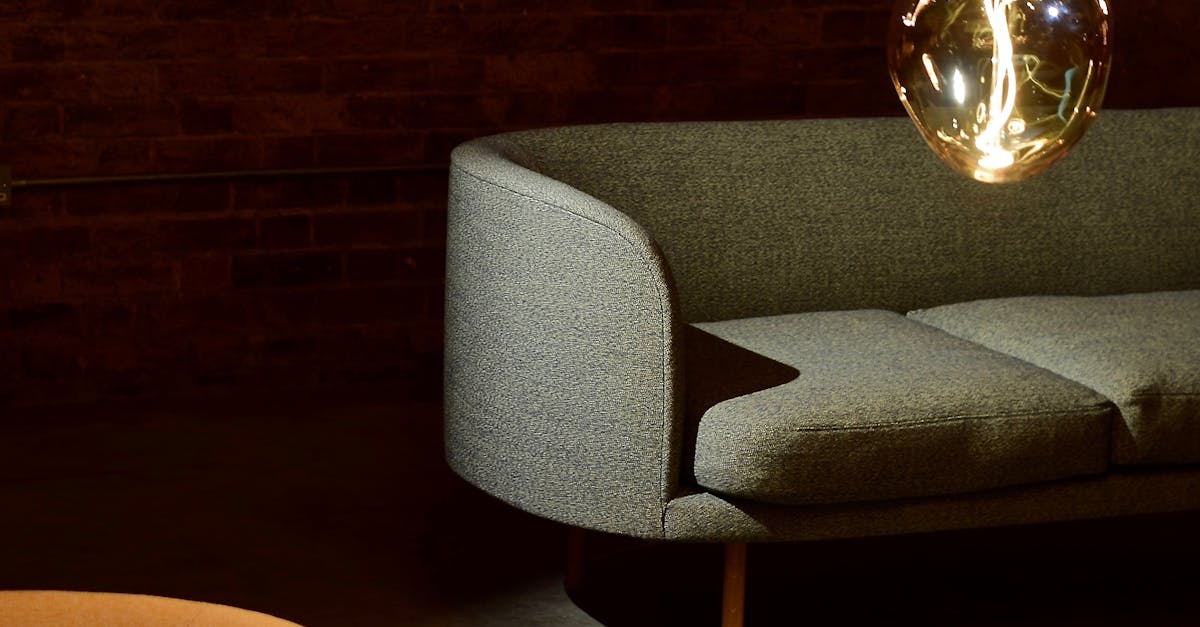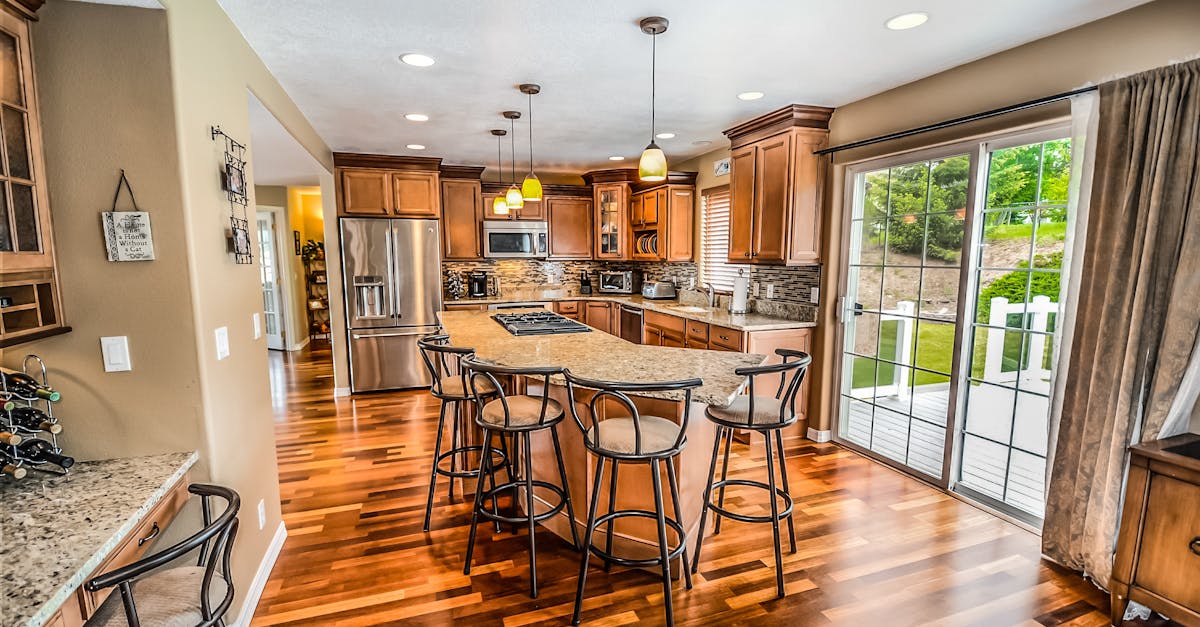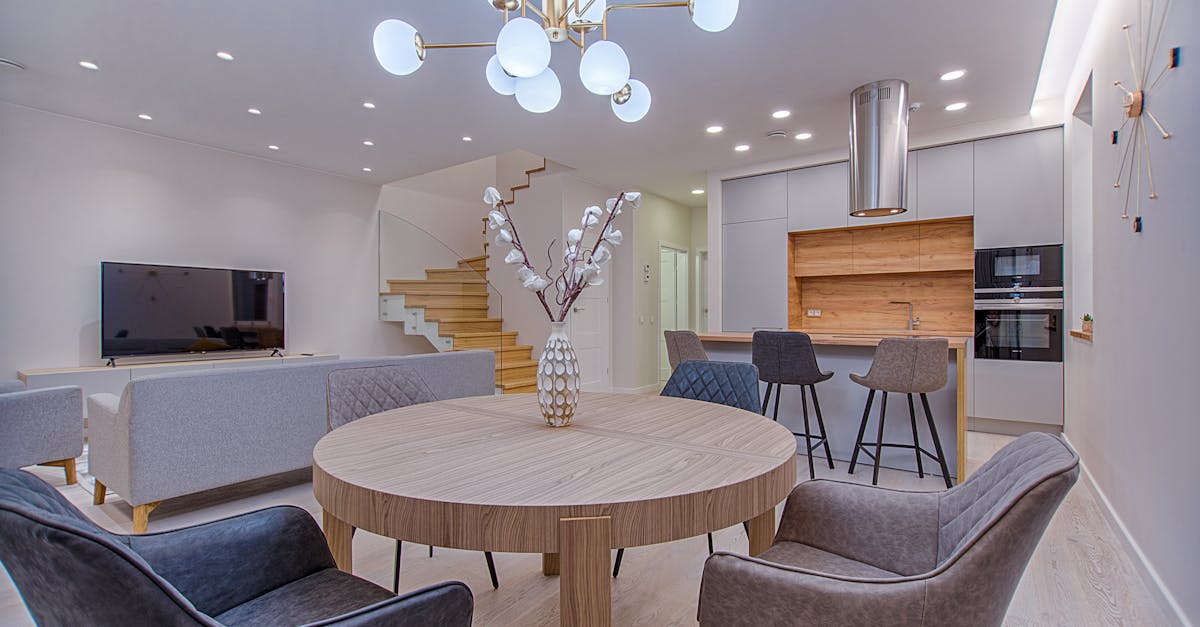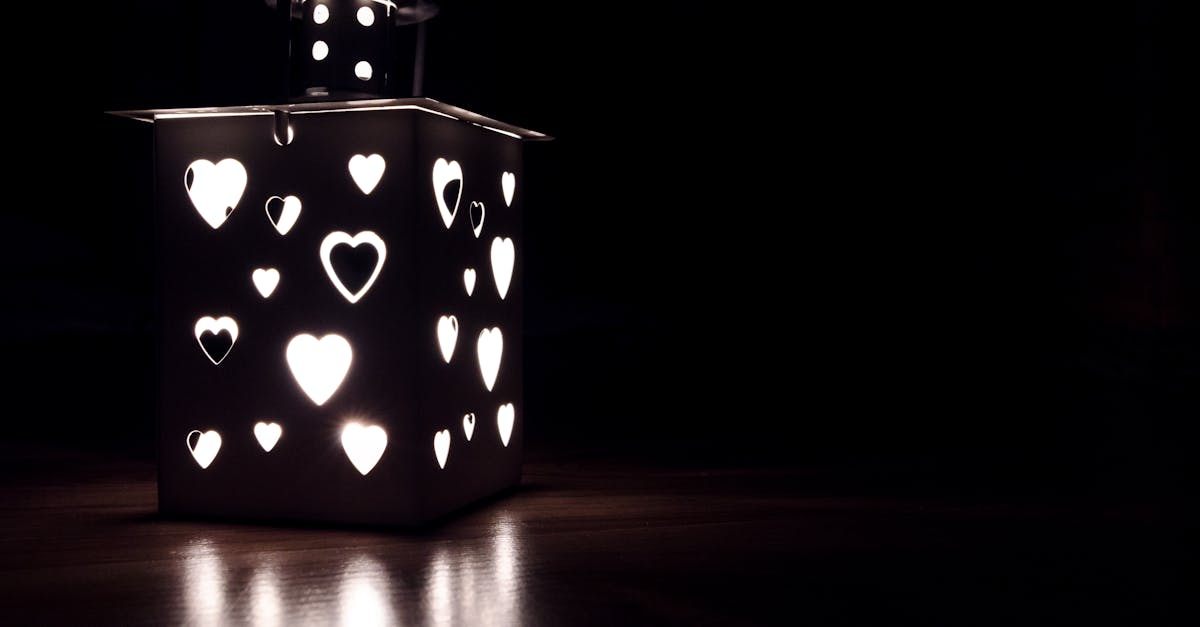
Table Of Contents
Trends in Lighting Design
LED technology has made a significant impact on the field of lighting design. With its energy-efficient properties and versatility, LED lighting has become a popular choice for both residential and commercial settings. Lighting designers are increasingly incorporating LED fixtures into their projects to create unique and dynamic lighting schemes. In Cambridge, the adoption of LED technology is evident in the city's landscape, with many public spaces and buildings showcasing the latest in contemporary lighting design.
Another trend in lighting design is the emphasis on sustainable and eco-friendly lighting solutions. Designers are exploring ways to minimize energy consumption and reduce the environmental impact of lighting systems. In Cambridge, this trend is reflected in the growing number of buildings and public areas that are designed with energy-efficient lighting options in mind. Lighting designers in the region are actively seeking out eco-conscious solutions to enhance the aesthetics and functionality of various spaces. Lighting Design in Cambridge continues to evolve with a focus on sustainability and innovation in lighting technology.
Integration of Smart Home Technology
Smart home technology has been revolutionizing the field of lighting design, particularly in urban centers like Mississauga. Lighting Design in Mississauga is increasingly incorporating smart home technology to allow for greater control and efficiency in illuminating living spaces. With the integration of smart lighting systems, residents can adjust the intensity and colour of lights through their smartphones or voice commands, creating a personalized and convenient lighting experience.
The use of sensors and timers in smart lighting systems is also gaining popularity in Mississauga, allowing lights to automatically adjust based on ambient light levels and occupancy. This not only enhances the aesthetic appeal of a space but also contributes to energy savings by ensuring lights are only used when needed. As smart home technology continues to advance, lighting designers in Mississauga are exploring innovative ways to integrate these systems seamlessly into their designs, creating spaces that are not only visually captivating but also technologically advanced and sustainable.
Responsibilities of a Lighting Designer
A lighting designer's primary responsibility is to create visually appealing and functional lighting arrangements for spaces. This involves understanding the aesthetic goals of a project and selecting the appropriate lighting fixtures to achieve the desired effect. Lighting designers also need to consider the technical aspects of illumination, such as brightness, colour temperature, and energy efficiency, to ensure that the lighting design meets the practical needs of the space.
In Greater Sudbury, lighting designers play a crucial role in enhancing the ambiance of various environments, from residential homes to commercial buildings. They collaborate with architects, interior designers, and clients to develop lighting schemes that complement the overall design concept while prioritizing the comfort and functionality of the space. By incorporating innovative lighting solutions and staying abreast of industry trends, lighting designers in Greater Sudbury contribute to creating dynamic and inviting spaces for residents and visitors alike.
Developing Lighting Plans and Layouts
Developing lighting plans and layouts is a crucial aspect of a lighting designer's role. In Clarington, lighting designers carefully consider the overall design scheme, the function of the space, and the desired ambiance when creating these plans. They strategically place light fixtures to highlight architectural features, illuminate specific areas, and create a cohesive and inviting atmosphere. This process involves a keen eye for detail and a deep understanding of how different light sources can enhance the overall aesthetic of a room.
Lighting designers in Clarington also pay close attention to the quality and colour of light in their designs. They take into account factors such as the type of activities that will take place in the space, the time of day when the lighting will be used, and the mood that the client wants to achieve. By carefully crafting lighting plans and layouts that balance natural and artificial light sources, designers in Clarington can transform a room into a functional and visually appealing environment that meets the needs and preferences of the client.
Working Environment for Lighting Designers
Lighting designers play a crucial role in enhancing the aesthetics and functionality of various spaces through thoughtful illumination. Whether working in residential, commercial, or public environments, these professionals collaborate closely with architects, interior designers, and clients to create lighting schemes that meet specific requirements. In places like Vaughan, Ontario, lighting designers can be found working on projects ranging from luxurious homes to cutting-edge office spaces. Lighting Design in Vaughan involves not only selecting the right fixtures and bulbs but also considering factors such as energy efficiency, sustainability, and the overall ambiance of the space.
The working environment for lighting designers is often dynamic and fast-paced, requiring a balance of creativity and technical expertise. Design studios, architectural firms, lighting manufacturers, and even independent consulting firms are common settings where lighting designers can be found. These professionals are constantly exploring new technologies and trends in the ever-evolving field of lighting design, staying up-to-date with the latest innovations to provide clients with innovative and efficient lighting solutions. Lighting designers in Vaughan are known for their ability to seamlessly integrate natural and artificial light sources, creating spaces that are not only visually appealing but also conducive to the well-being of occupants.
Balancing Natural and Artificial Light Sources
Balancing natural and artificial light sources is a crucial aspect of lighting design. In Greater Sudbury, where varying weather conditions can affect natural light availability, lighting designers must carefully assess and adjust lighting installations to harmonize with the changing daylight. The integration of artificial light sources to supplement natural light can enhance the functionality and aesthetics of indoor spaces in this city.
Lighting Design in Greater Sudbury requires a meticulous approach in achieving the optimal balance between natural and artificial light sources. By strategically positioning light fixtures and incorporating dimming controls, lighting designers can create adaptable environments that cater to different needs throughout the day. The seamless blend of natural and artificial light not only transforms spaces but also influences the mood and functionality of the area, illustrating the importance of this design aspect in the city's architectural landscape.
FAQS
What qualifications are required to become a lighting designer?
To become a lighting designer, one typically needs a bachelor's degree in lighting design, interior design, architecture, or a related field. Some professionals may also have certifications in lighting design.
How does a lighting designer incorporate sustainability in their designs?
Lighting designers incorporate sustainability in their designs by using energy-efficient LED fixtures, natural light optimization, and smart lighting controls to reduce energy consumption and minimize environmental impact.
What software tools do lighting designers use for their projects?
Lighting designers often use software tools such as DiaLux, AGi32, AutoCAD, and SketchUp for creating lighting layouts, simulations, and visualizations for their projects.
How does a lighting designer collaborate with other professionals in the industry?
Lighting designers collaborate with architects, interior designers, electrical engineers, and contractors to ensure that the lighting design integrates seamlessly with the overall design and meets the functional and aesthetic requirements of the space.
What are some emerging trends in lighting design that lighting designers should be aware of?
Some emerging trends in lighting design include the use of tunable white lighting, circadian lighting systems, interactive lighting installations, and the integration of lighting with smart home technology for personalized control and automation.
